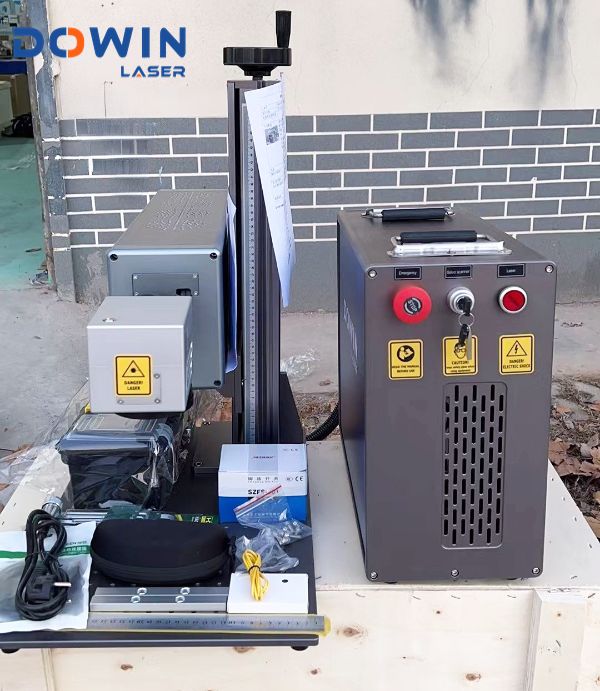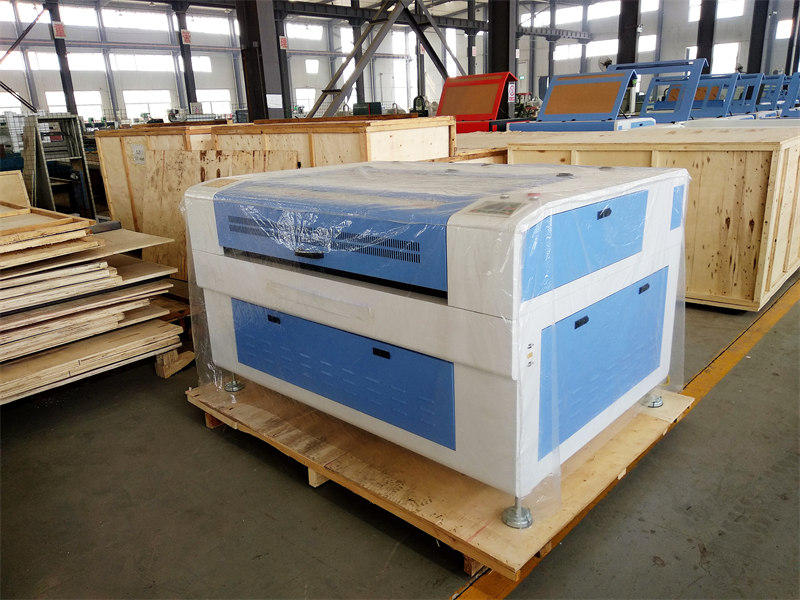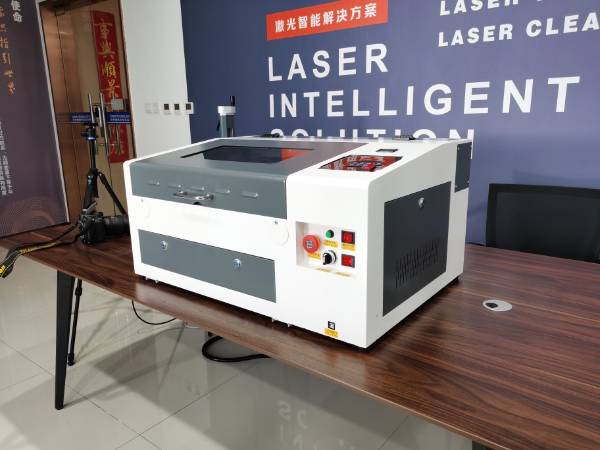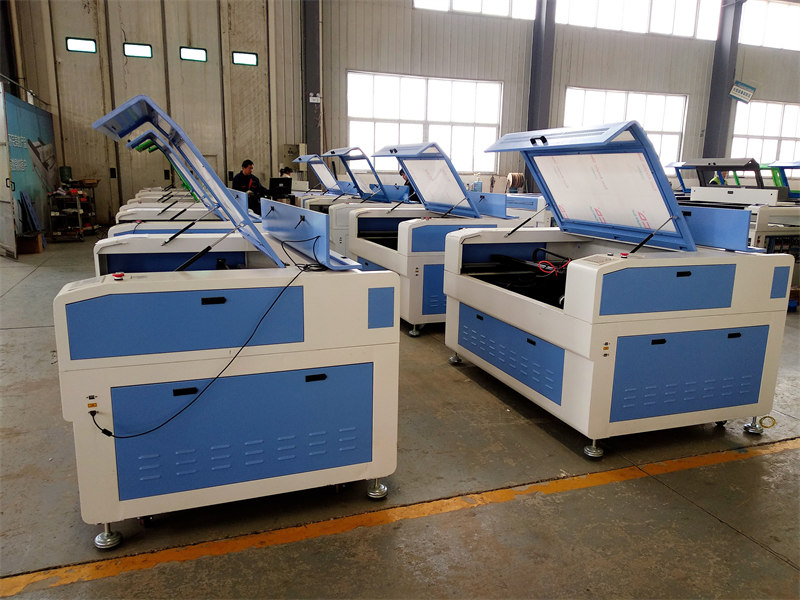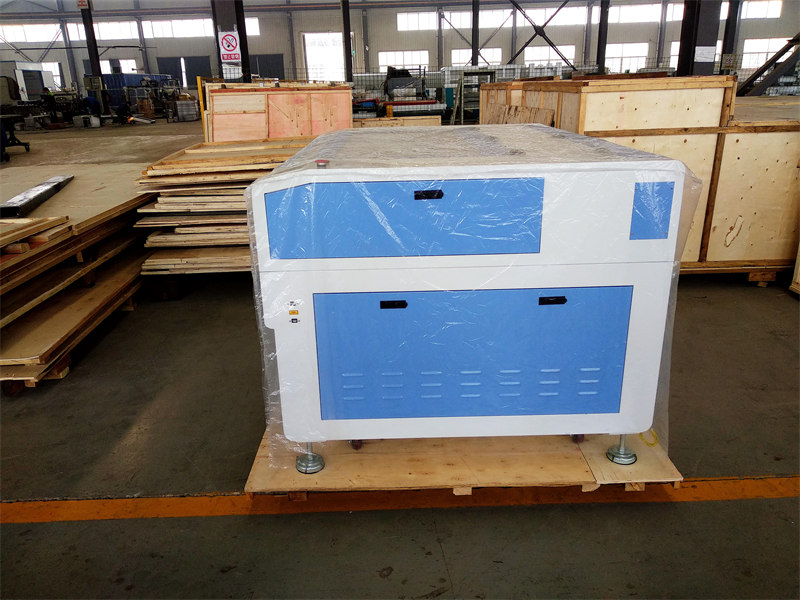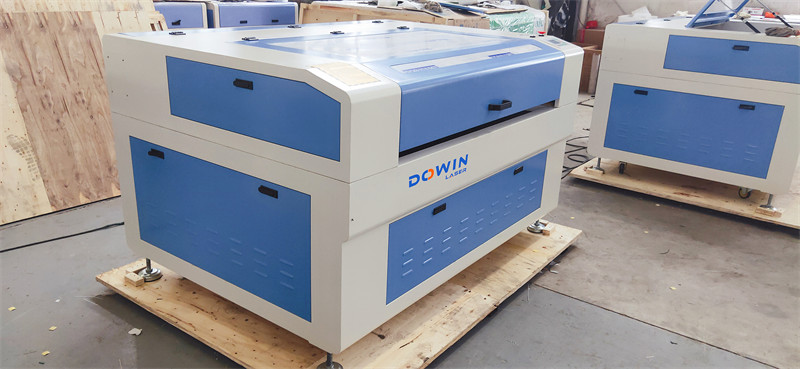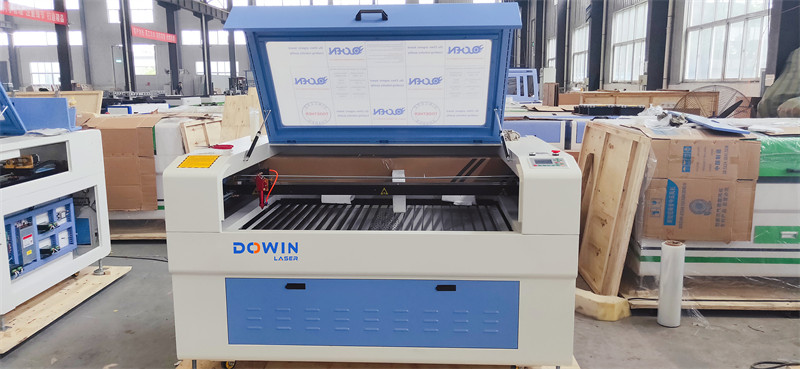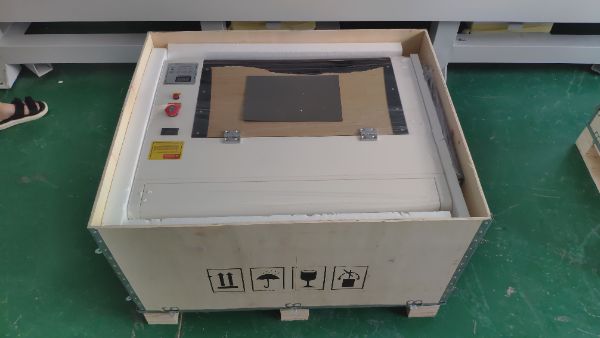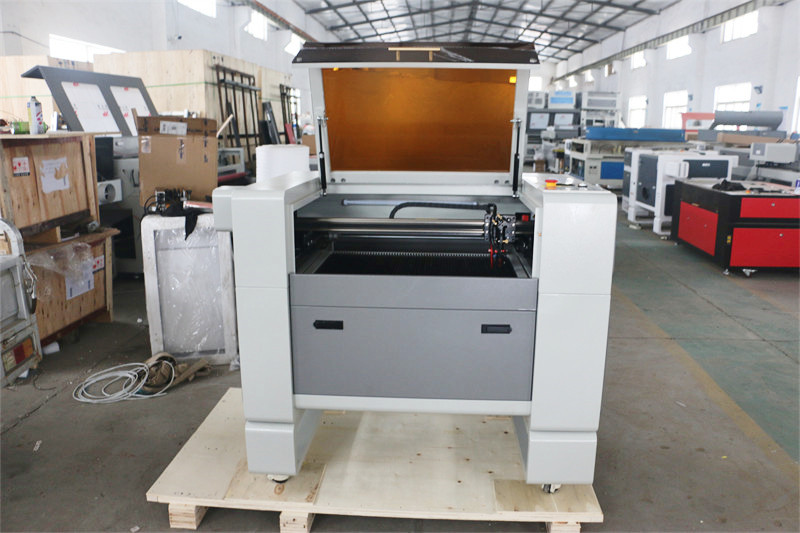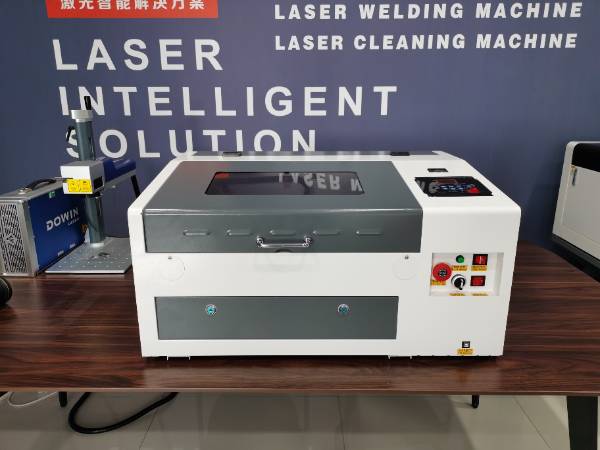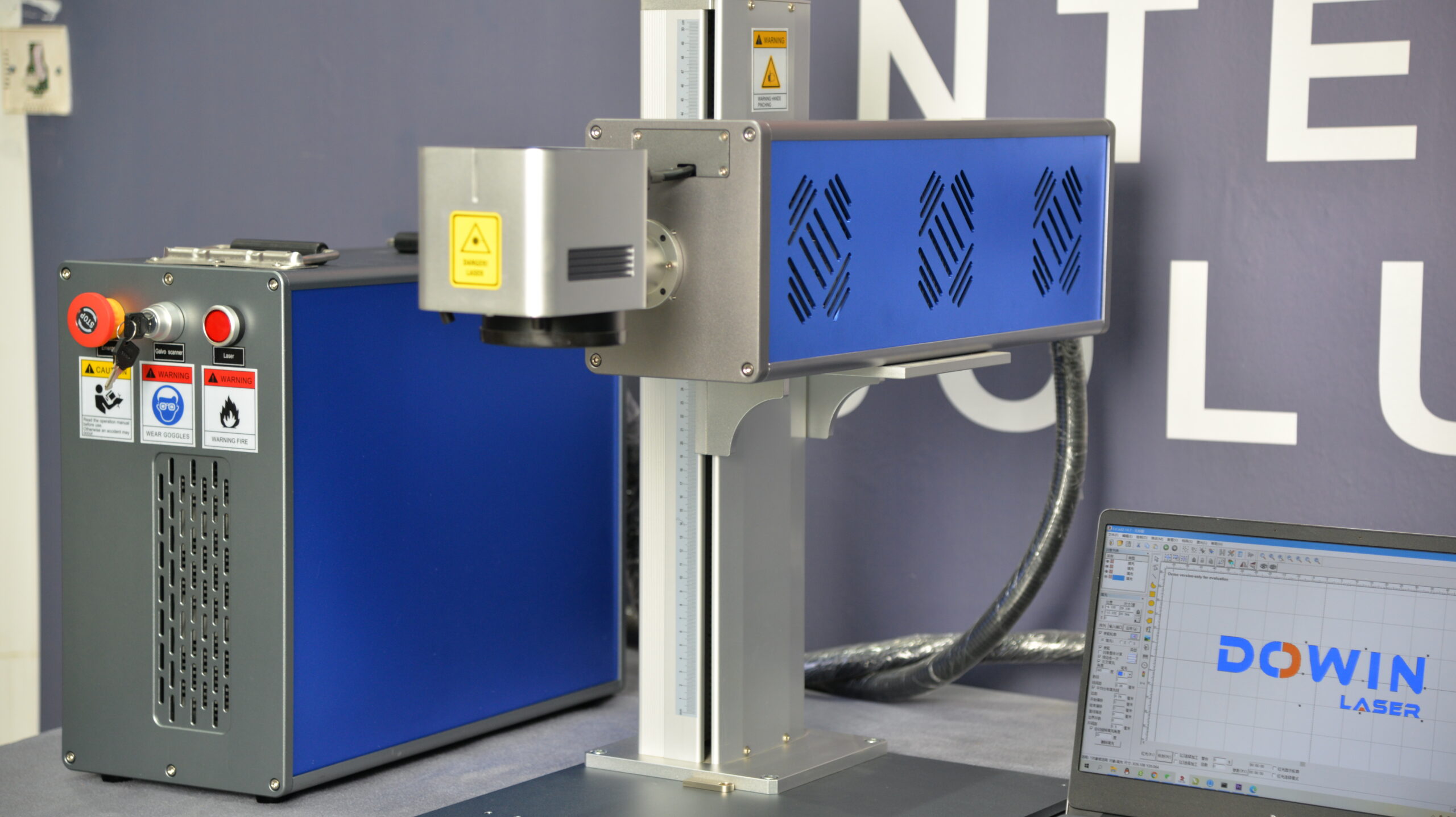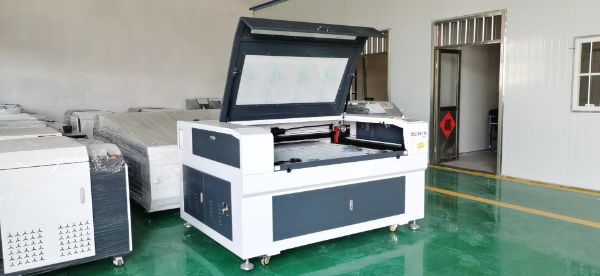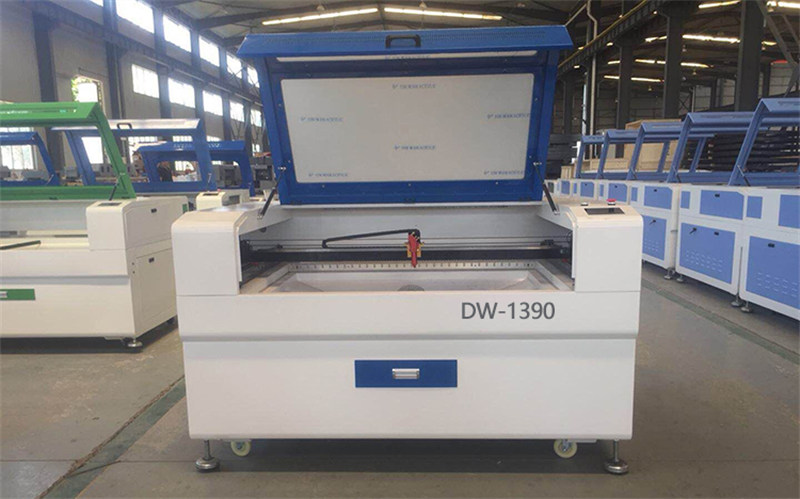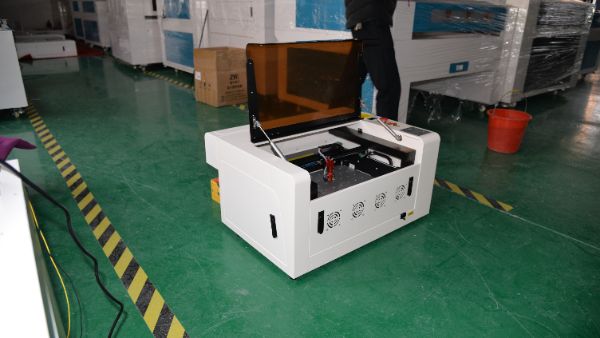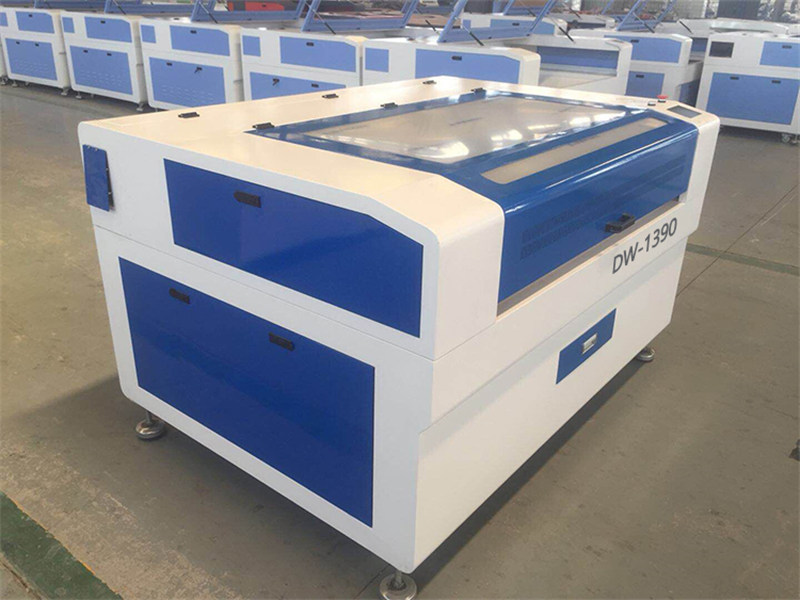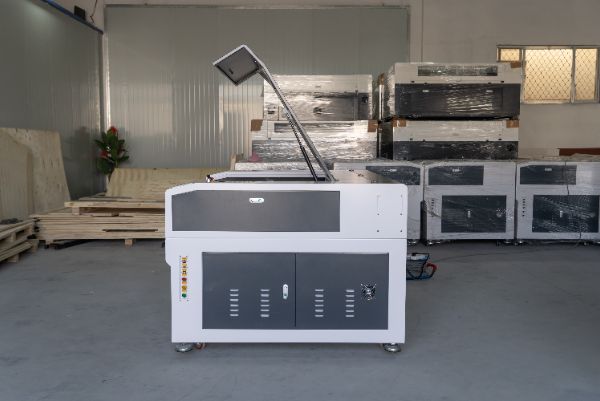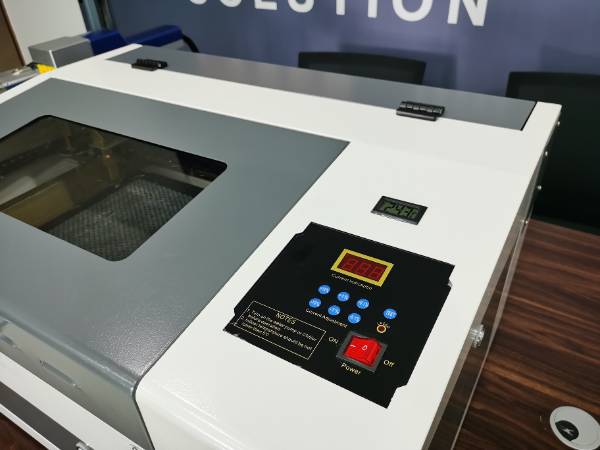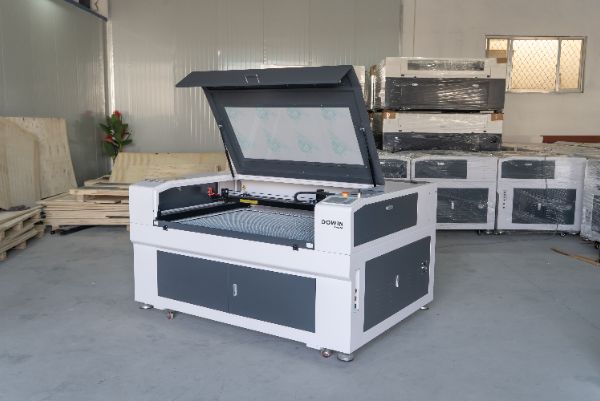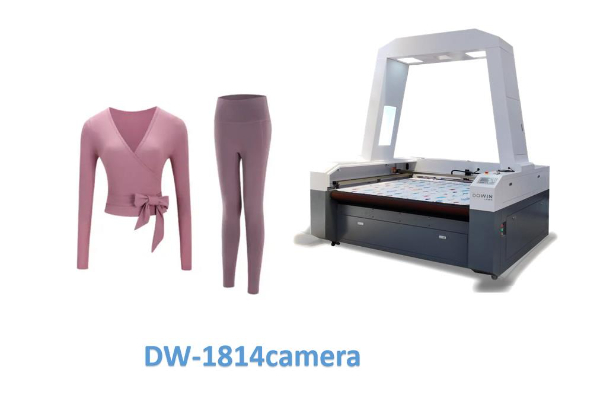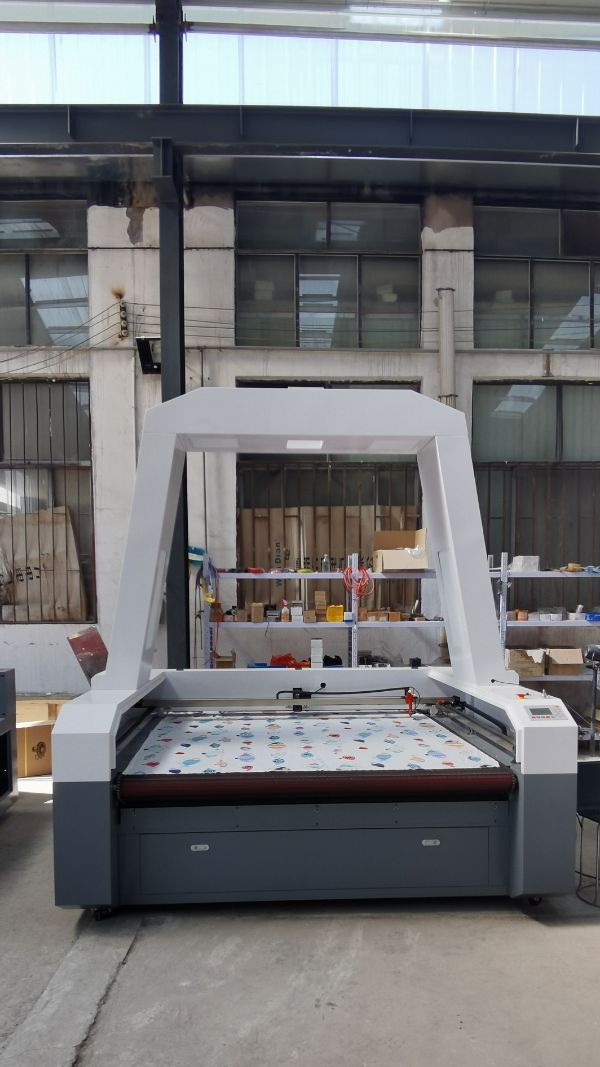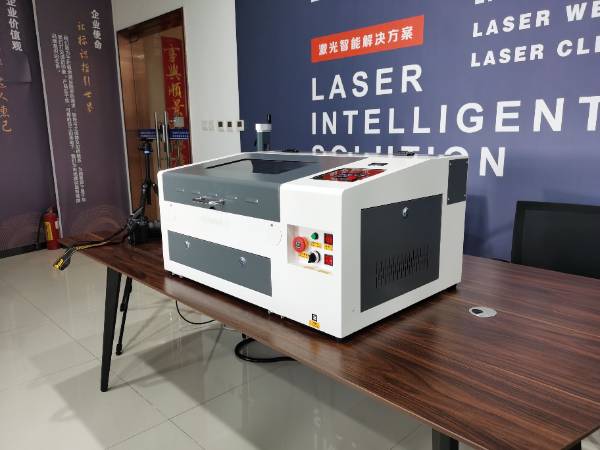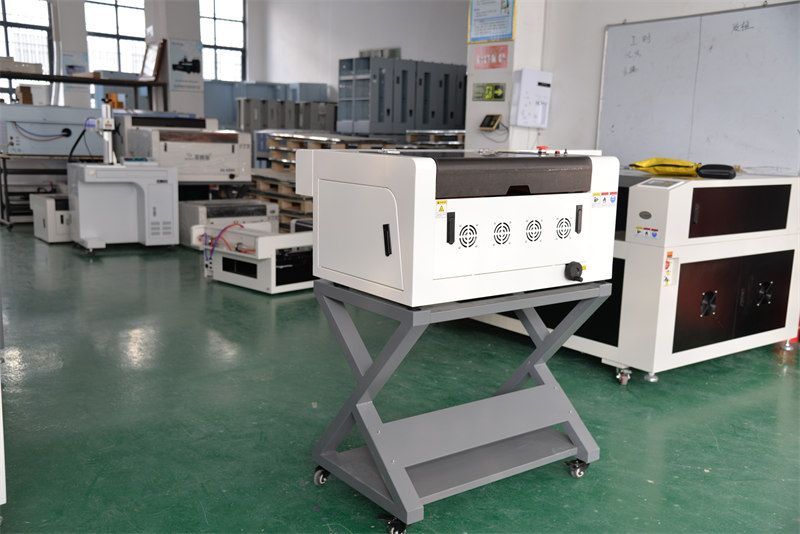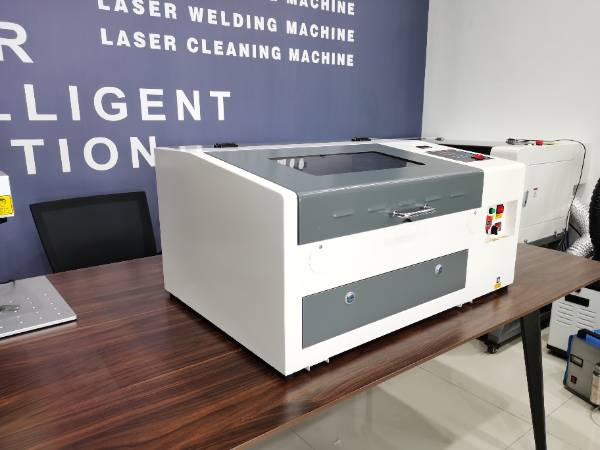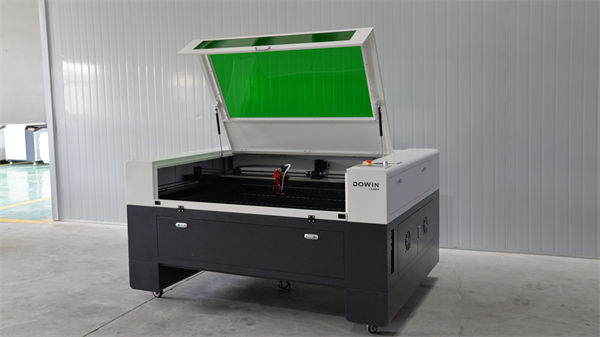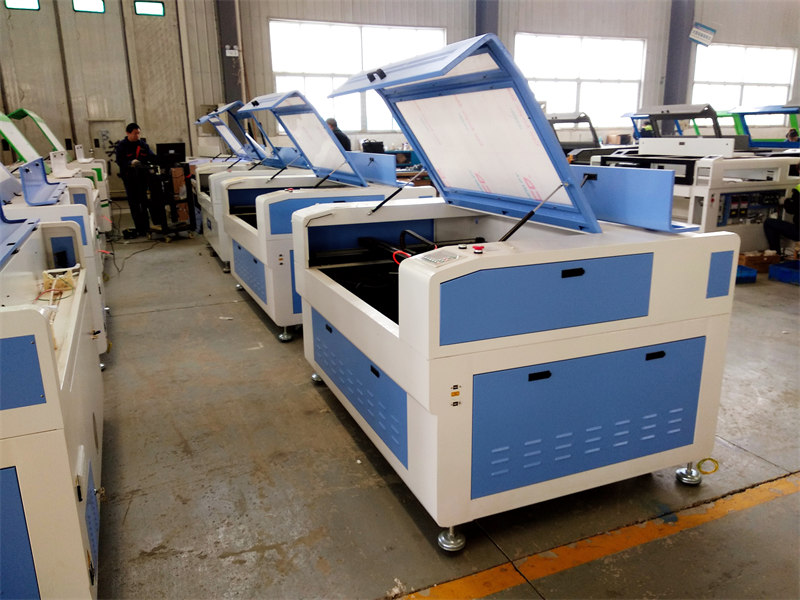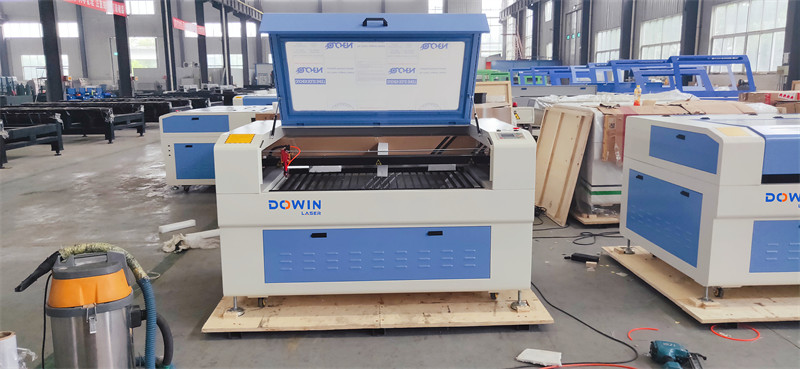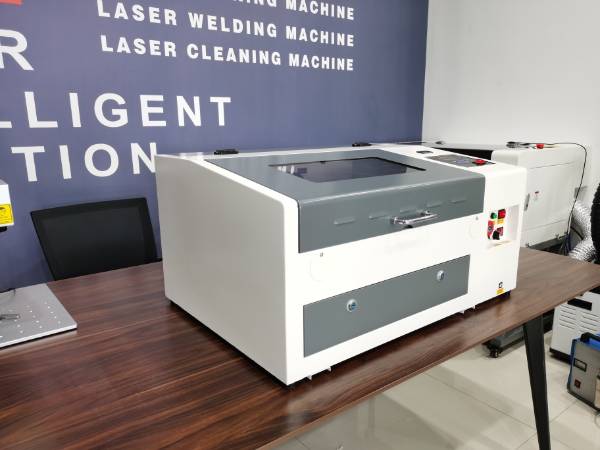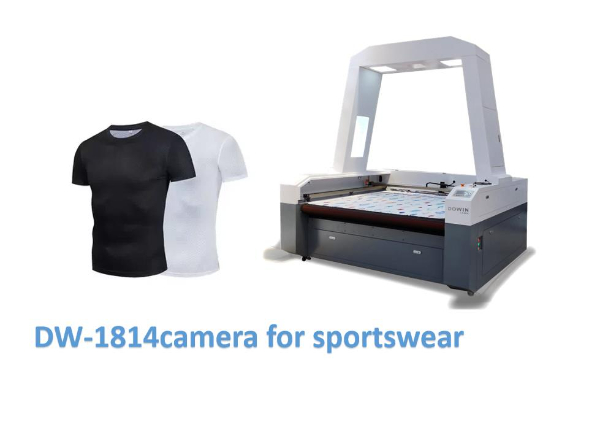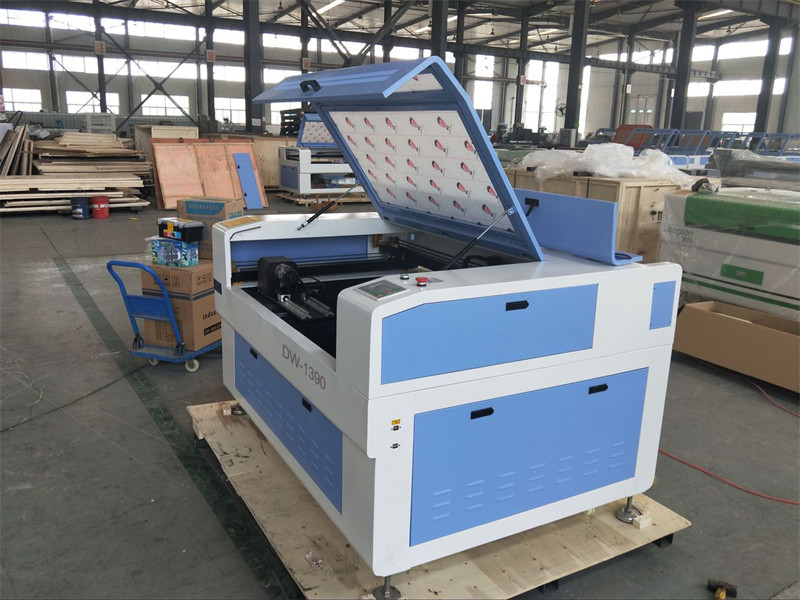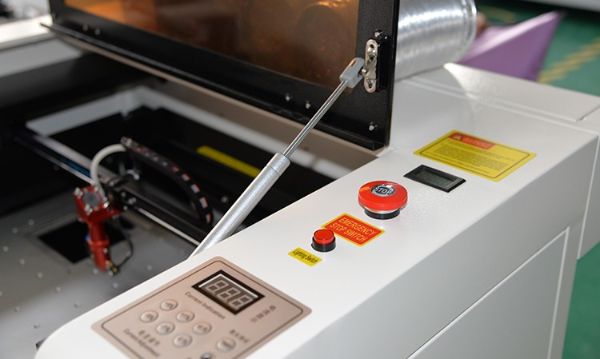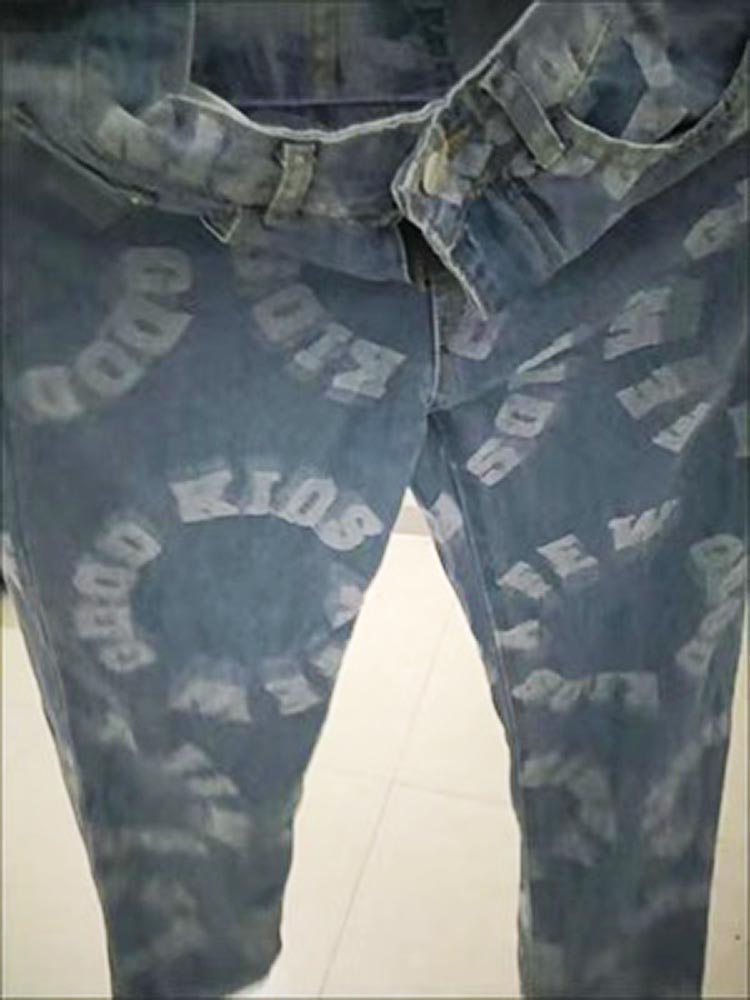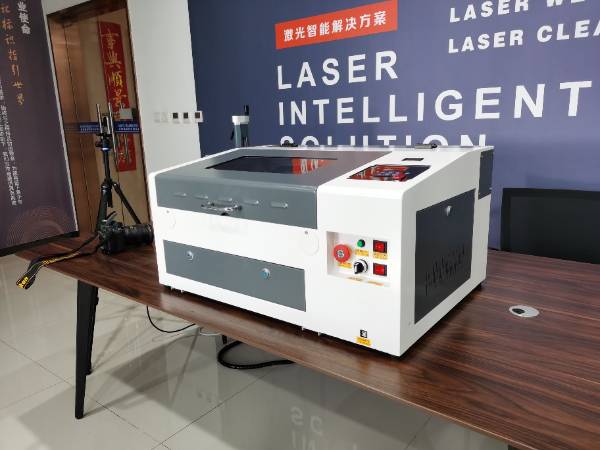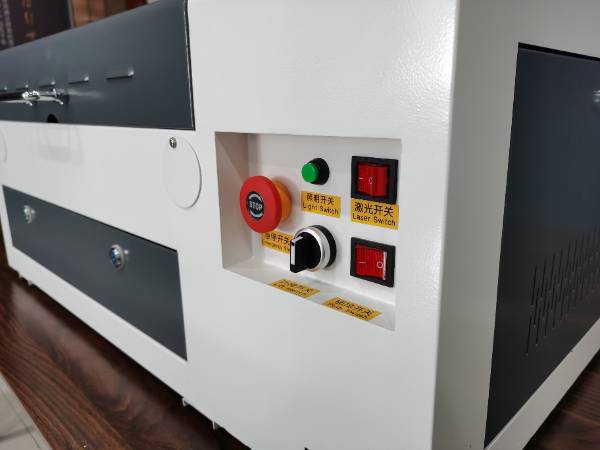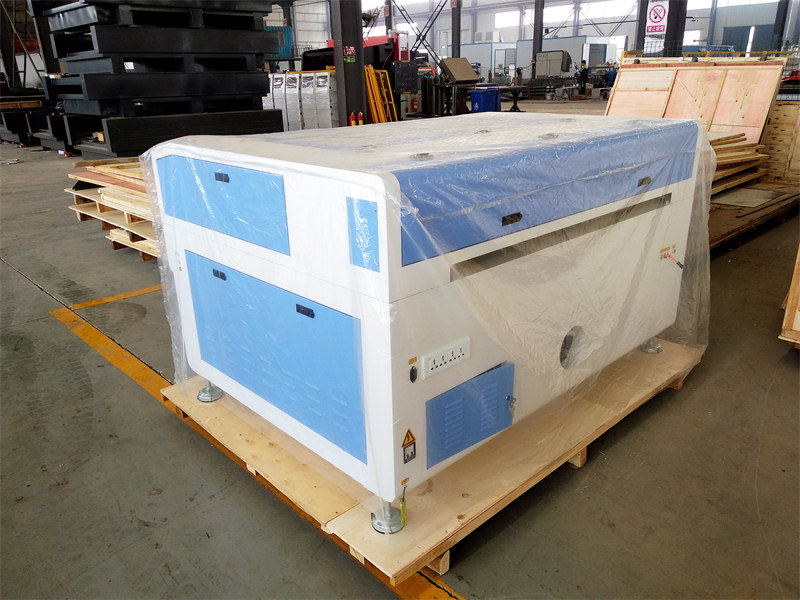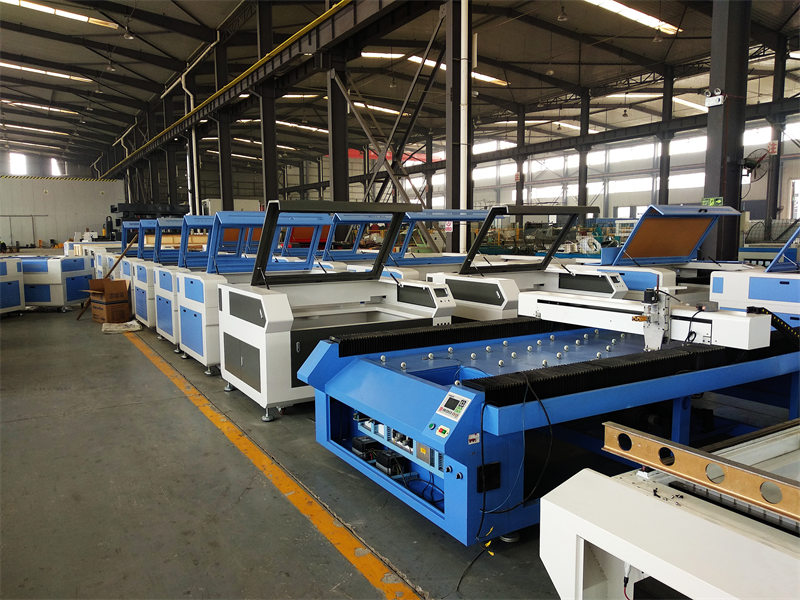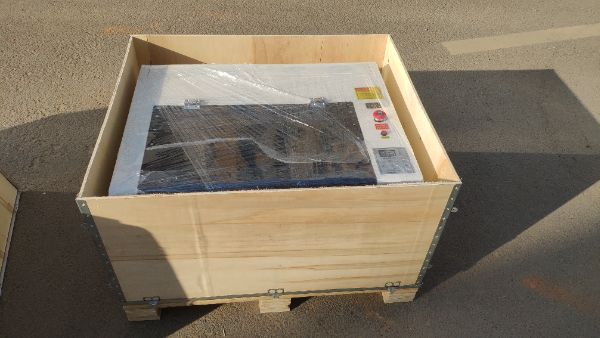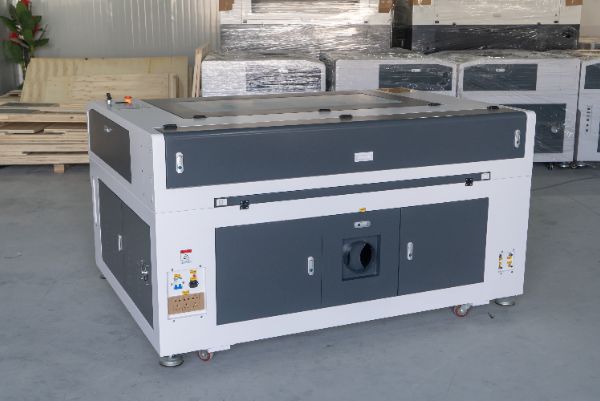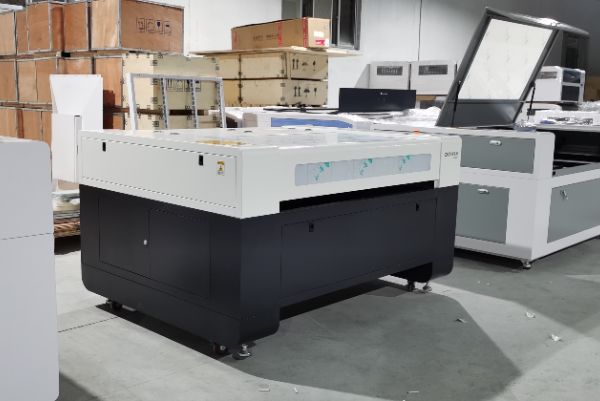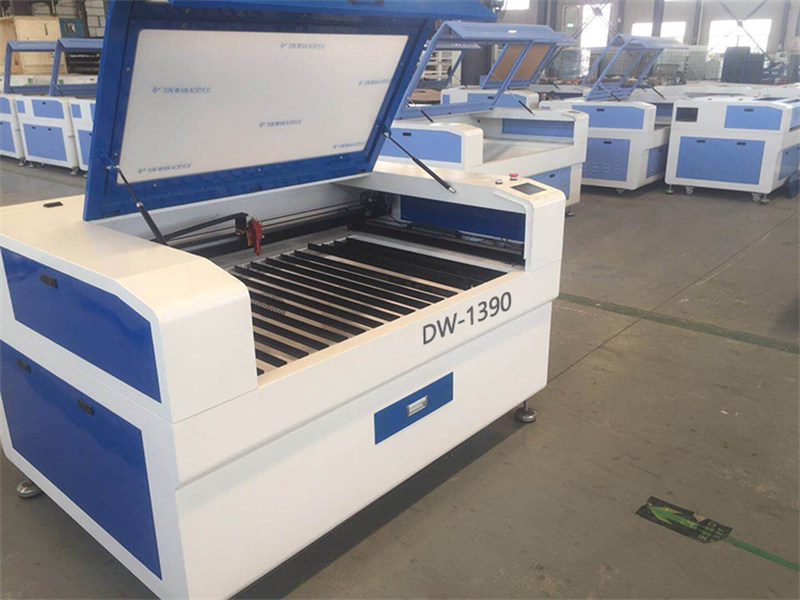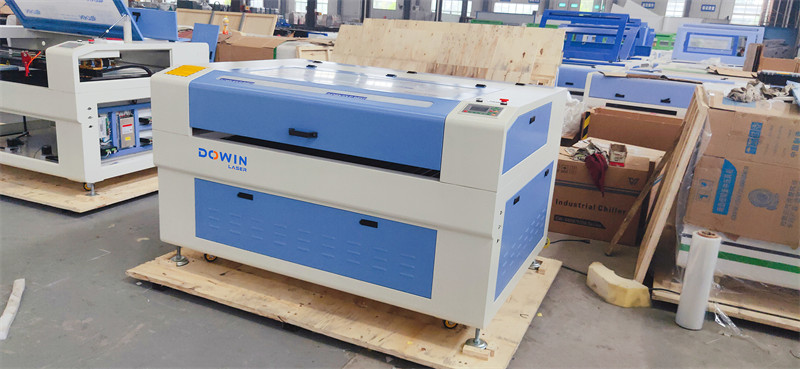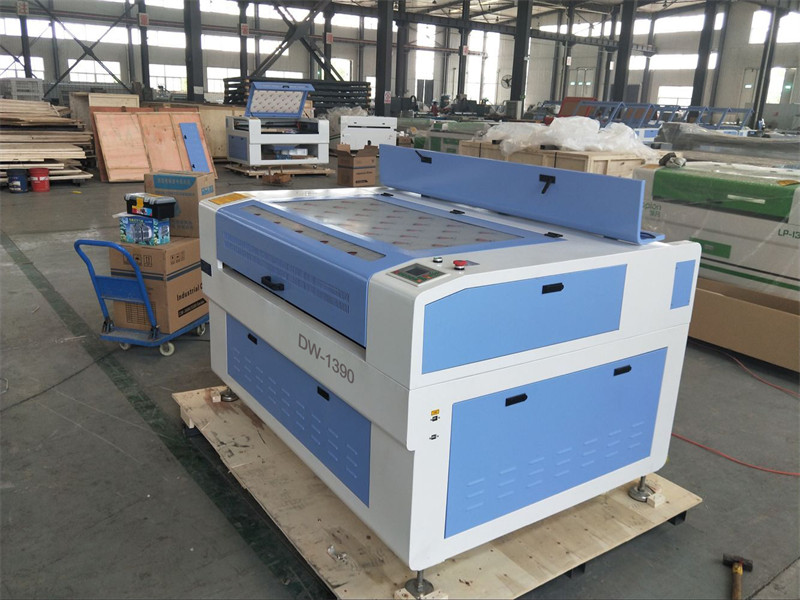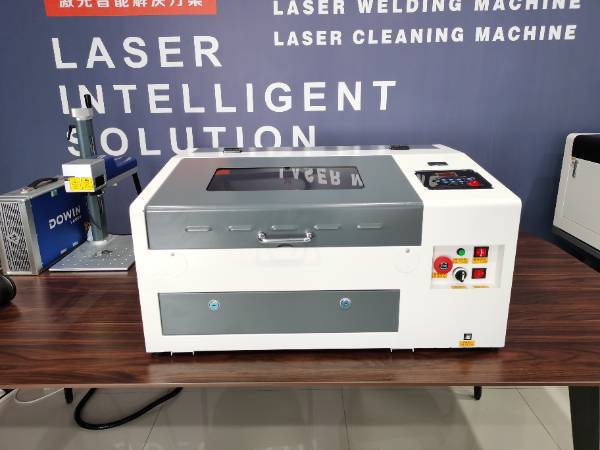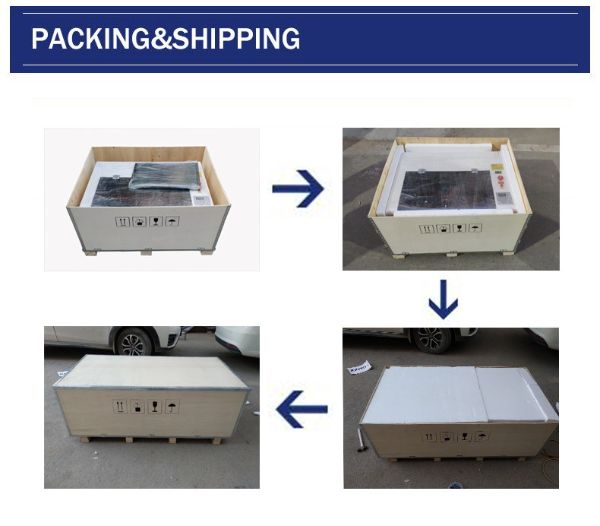CO2 Laser Marking on Wooden Products and Non-Metallic Materials for Craftsmanship
Using a CO₂ laser marking machine to engrave or mark wooden products and non-metallic materials (such as acrylic and plastics) is an efficient and precise processing method. Below are key points and application guidelines:
1. Suitable Materials and Effects
-
Wood
-
Effect: Produces varying shades of brown to black marks, or creates 3D patterns through engraving. Light-colored woods (e.g., birch, maple) offer high contrast, while dark woods (e.g., walnut) require adjusted power for detail.
-
Applications: Crafts, furniture decoration, custom gifts, seal engraving.
-
Note: Resin-rich woods (e.g., pine) may ooze resin and require cleaning or pretreatment.
-
-
Acrylic (PMMA)
-
Effect: Transparent/colored acrylic can be engraved with a frosted (matte) finish, while backside marking creates translucent designs. Cut edges remain smooth.
-
Applications: Signage, lightboxes, display stands.
-
Note: Excessive power can cause melting or deformation.
-
-
Plastics
-
Suitable Types: ABS, PET, polypropylene (PP), polycarbonate (PC), etc.
-
Effect: Color change (e.g., white plastic turning gray-black) or shallow engraving. Avoid chlorine-containing plastics (e.g., PVC)—toxic fumes are released.
-
Applications: Electronic housing labels, keyboard keys, industrial parts.
-
2. Equipment Parameter Reference
-
Power Selection:
-
Wood/acrylic engraving: 30W–60W (low power for fine details, high power for deep engraving).
-
Plastic marking: 10W–30W (to prevent burning).
-
-
Key Parameters:
-
Speed: 100–500 mm/s (slower speed = deeper engraving).
-
Frequency: 5–20 kHz (low frequency for wood, high frequency for smoother acrylic results).
-
Focal Length: 2–5 inches (calibrate lens focus for precision).
-
3. Operational Tips
-
Pretreatment:
-
Clean the material surface to remove oil or coatings.
-
Sand wood surfaces for uniformity; remove protective film from acrylic.
-
-
Testing: Conduct trial engraving on a small area to optimize settings.
-
Ventilation: Use strong exhaust systems when engraving plastics to avoid fume inhalation.
4. Safety and Maintenance
-
Protection: Wear safety goggles and ensure the machine has a protective cover to prevent laser reflection hazards.
-
Maintenance: Regularly clean lenses and mirrors; check optical alignment.
5. Troubleshooting Common Issues
-
Faint Marks: Increase power or reduce speed; verify focus accuracy.
-
Charred Edges (Wood): Lower power or use air assist to blow away smoke.
-
Acrylic Melting: Switch to pulse mode to reduce heat buildup.
CO₂ laser markers offer high flexibility for non-metallic materials. Combined with design software (e.g., CorelDraw, LightBurn), intricate patterns can be achieved. Optimizing parameters based on material properties significantly enhances output quality.

